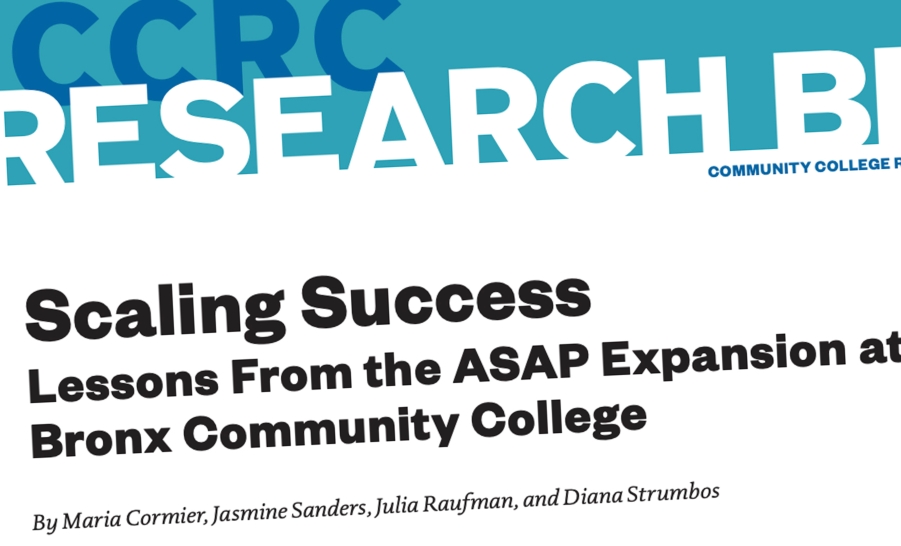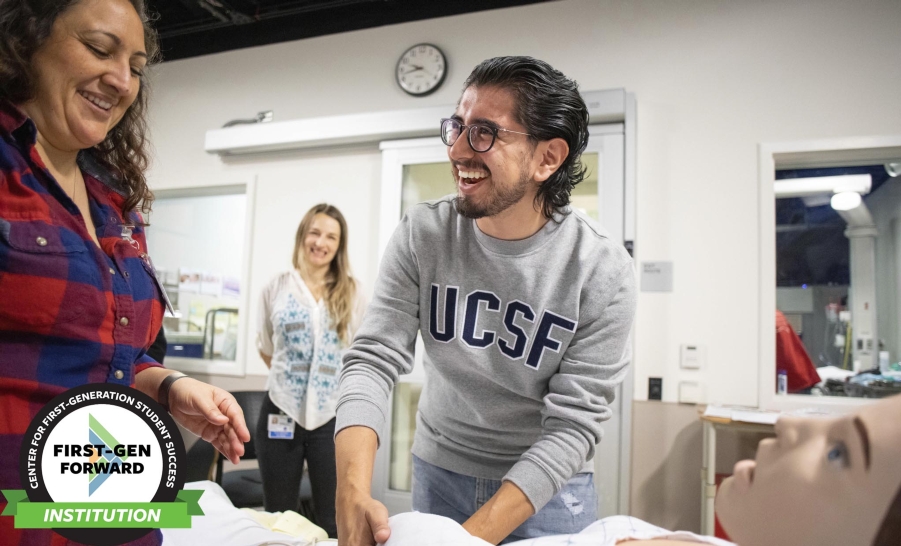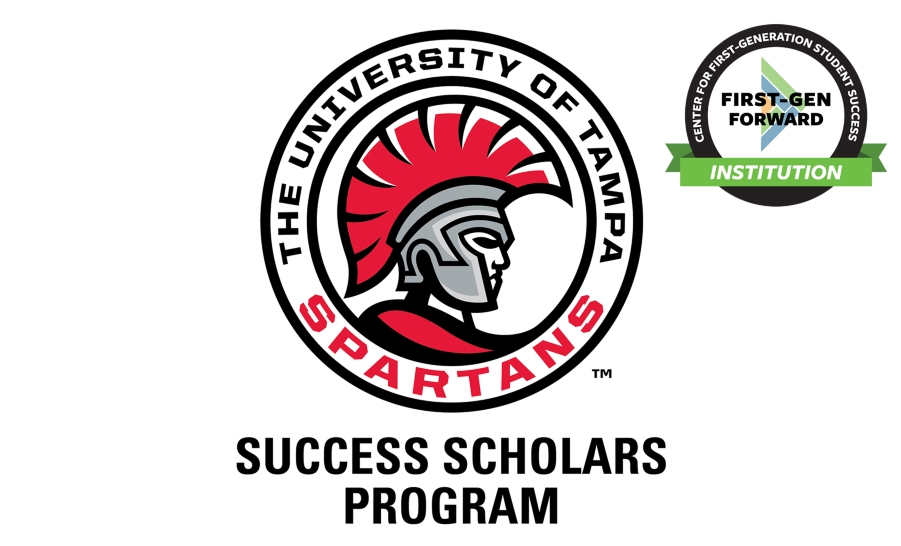Launching a New Program Takes 3 P's
Rahana Belle-Jerome, M.S.Ed & Joseph Ginese, M.B.A., / FirstGen Forward / January 15, 2020

Launching a program, regardless of scope and size, is an enormous undertaking for any campus to venture out to accomplish. While building our first-generation college student success program, we started simply with an idea that first-generation college students needed support. Did we know what types of support? From our own experiences, yes. From experiences of the students on our campuses? Sort of. Anecdotal personal experience and “sort of” are not ways to build a foundation to grow a program on.
After spending half a year reading, writing, editing, then reading some more, writing some more, and editing everything a second time, we found the types of support, the topics that would need to be explored, and the experiences that would deepen the purpose of the program. Our foundational blueprint was ready. We were not. A blueprint, literally, is a design plan or technical drawing. It provides you with an outline of the structure but it does not decorate, choose colors, pick furniture, etc. A blueprint does not make a house feel like a home. The décor, the warmth, the scents, the things you fill that house with does. Which brings us to the first P: Purpose.
Everything that takes place in a program needs to be thoroughly thought out with intentional design and pre-determined goals and outcomes. Every action, message, email, event, flyer, interaction a student has with a program needs to carry weight. We’ve found the verbiage used in our e-mail messages drastically changes read rates, interactions, and replies of our program participants. The design of our materials (more on this in a bit), the color schemes, and the language are all meticulously edited and crafted with an intentional eye; meaning we try to understand how a student will read, take action, and react to what they are being exposed to. There must be purpose in every action because without a purpose to an e-mail, event, or flyer, you are wasting time; both yours and the students.
Define your purpose. Find your people. Strive for polish.
While we took extra time to really think through how, when, where and what we wanted the program to look like and mean to students, one of the most important aspects was the next P: People.
We decided that, while 50% of our over 26,000 student population identifies as first-generation college students, we wanted to start small, think big, and grow fast. Starting small gave us the control to be extremely intentional about the people we brought on board first. We offered invitations to those we knew, we trusted, and have proven themselves to be reliable educational professionals who demonstrated their ability to get the proverbial “it” of campus culture. By ensuring that you have the best people (not most talented, not most recognized, not most popular) that fit your program, you help guarantee the success of your program.
Leading us to third P is Polish. Students, community members, faculty members, staff members are all attracted to nice things. Apple, for instance, for years they’ve crafted their products to feel nice, look polished, and exude a level of finesse and attention to detail that other manufacturers try to imitate. How can your programs strive to achieve that same desirable influence on your intended audience? For us, it meant recruiting students with graphic design skills and setting them up with Canva or Adobe Creative Suite and letting them put their own spin on it, with our input. This has resulted in our materials being lauded for their finish, their professional look, and their intentionality in design with color schemes that are easy to read.
When you create a program and want it to thrive, remember the three P’s. Build your program with a purpose, find the right people who believe in that purpose, and then take a critical eye to every aspect of the program, finally add a little polish to it. In our experience, the effort that goes into ensuring these three P’s are present and strived for has led to our immense growth, participant’s continued engagement and success, and the program’s reputation on campus, now seen as one of the flagship programs of the institution.
Your students will see, feel, hear, and notice the effort that you, your team, and your institution put into the program providing them with a high-quality experience that, in our case, does not cost them anything to participate aside from their time and attention.
Define your purpose. Find your people. Strive for polish.





